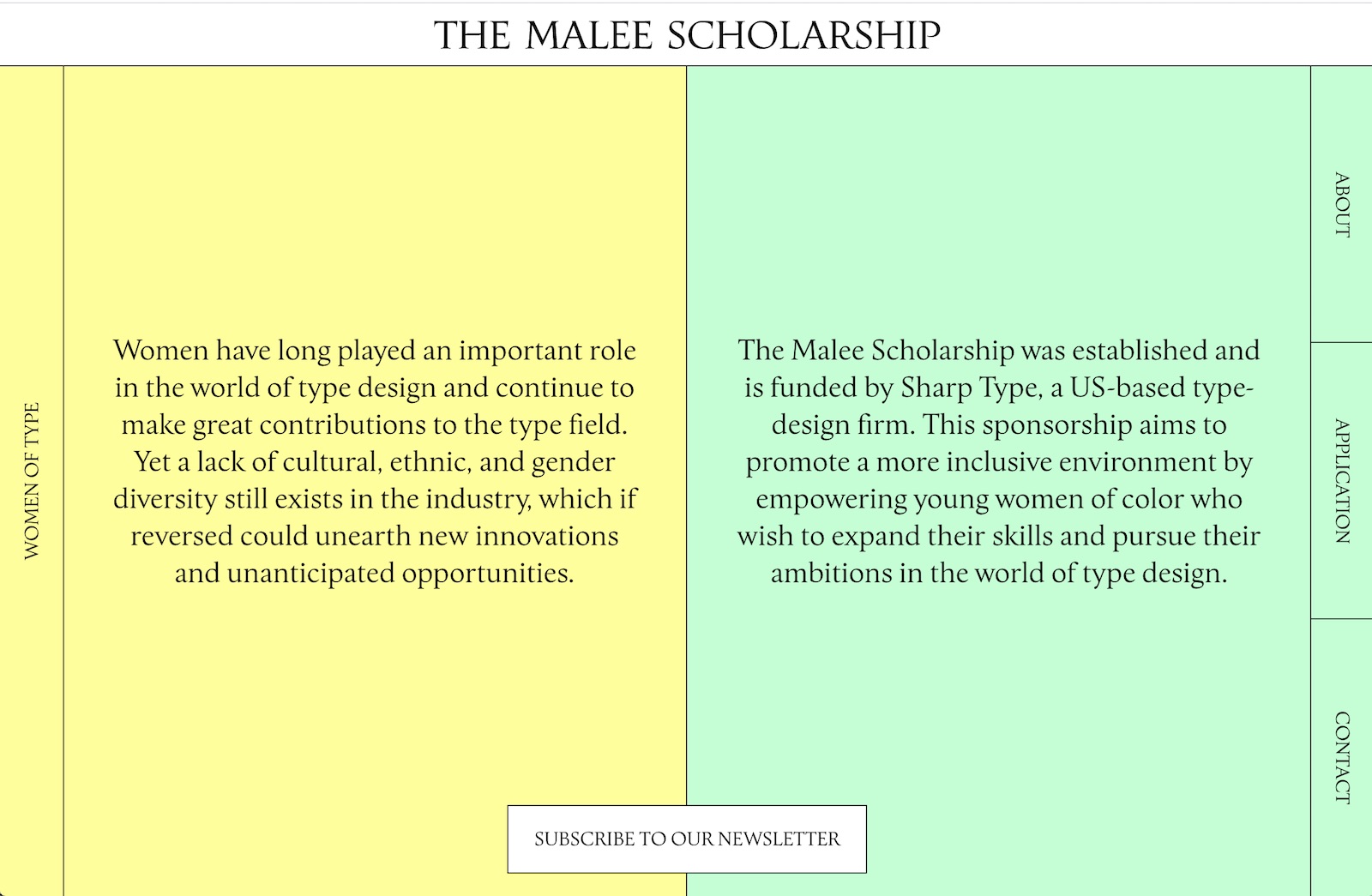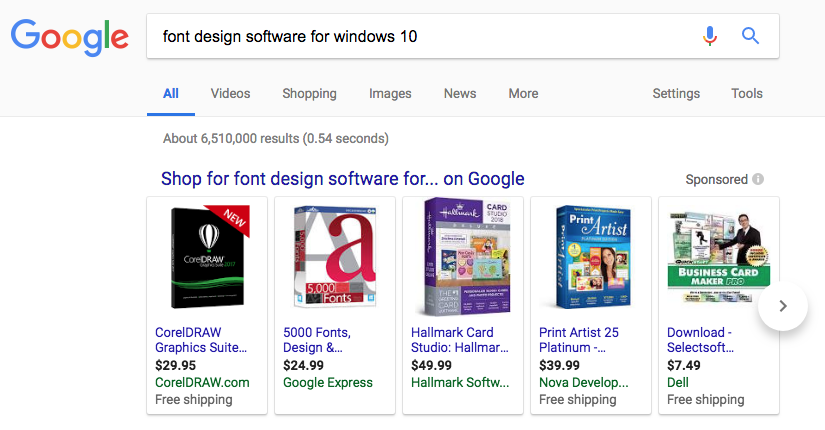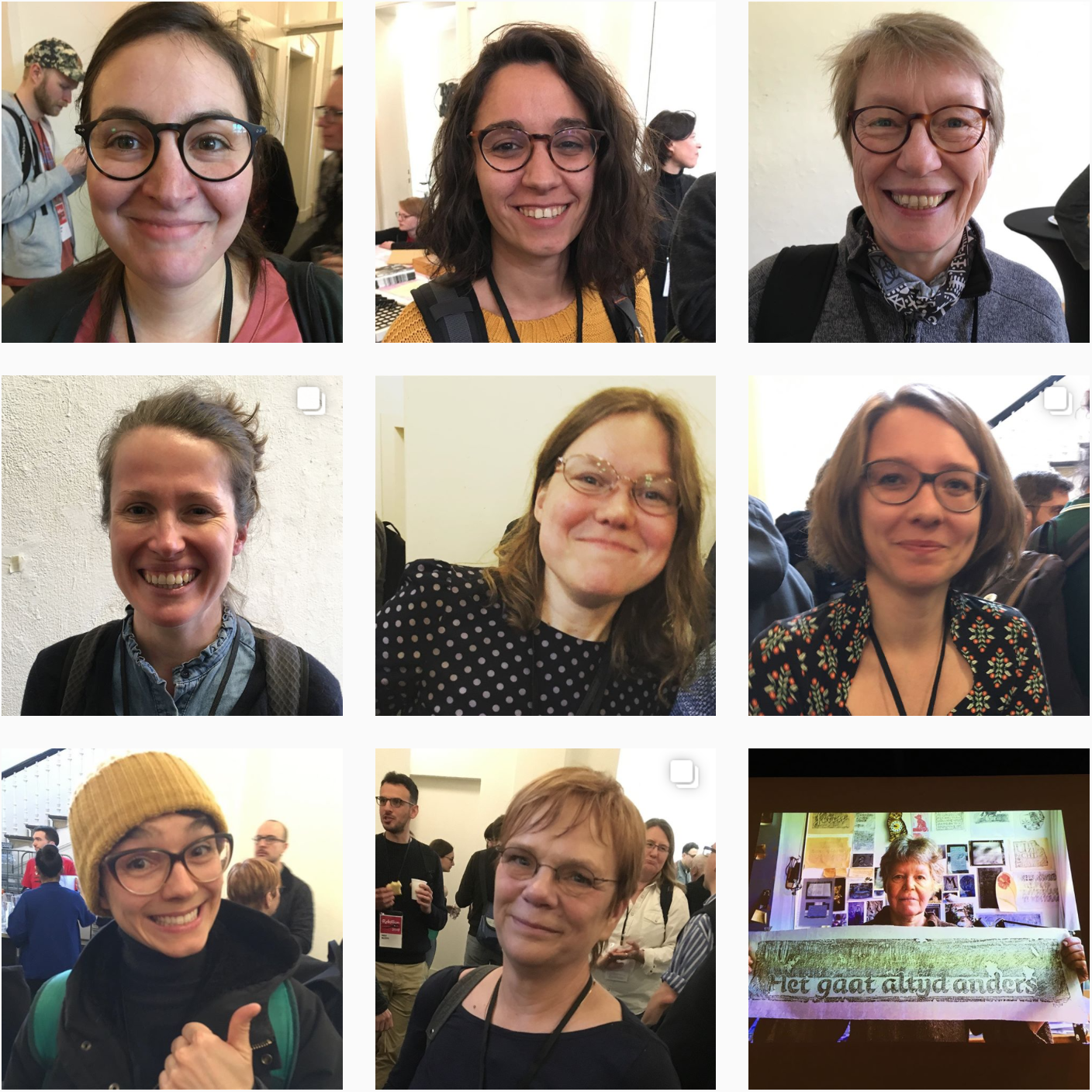The Alphabettes community is, at its heart, political. We are a global network of women, connected together by our love of letters, type, and typography. Our objective is to champion anyone who identifies as a woman in type, provide a platform for them to show and share their work, and welcome them to a community that will not ignore their voice, but amplify it. Alphabettes started through the joint effort of Indra Kupferschmid and Amy Papaelias in 2015, and since then the network has grown to include over 245 members worldwide. As a community, we aim to respect and reflect on the opinions of all of our members, and we continue to learn and grow together.
During the last two weeks and following the tragic murder of George Floyd at the hands of four Minneapolis policemen, the United States of America saw a powerful uprising opposing discrimination, violence, injustice, and systemic racism against Black people, the impact of which quickly rippled through the rest of the world. In a time when much of the world has retreated into their homes and maintaining social distancing has become a necessity for health, the urgency of protesting racism and discrimination and demanding justice has eclipsed a quiet survival. Since then, crowds of protestors have taken to the streets, statues glorifying racial bigots have been pulled down, and social media platforms have seen an overwhelming sharing of educational, supportive, and encouraging discourse regarding this call of eradicating racism. Donations have been made to individuals and organisations supporting this movement. No action is too small.
For a network like Alphabettes, we truly deliberated what tangible steps we could take to address the current situation, and show a palpable collective condemnation of racism. As a global network, we feel the devastating violations of human rights worldwide on a near-daily basis, whether they affect ourselves and our loved ones, our members and friends, our contributors, or those who follow our work. Because of this, we know that it is a constant battle to fight injustice and voice our outrage surrounding racism, discrimination, and oppression. As individuals, we have strived to reflect this, each to the best of our ability and on matters closest to our hearts. As a community, we take care to always be inclusive, and part of this inclusivity is to not disregard suffering in any part of the world in favour of another, whether it is Yemen, Syria, Hong Kong, India, Chile, Egypt, Lebanon, the USA, or elsewhere. The list is upsettingly long. Because of this, rather than simply declaring that we do not tolerate racism, we have decided to use this moment of collective reflection to listen, to look inwards and at ourselves, and to then take a step back and look at our industry, and ask what changes we can make today to address the bias and appropriation that have regrettably become a normalised and acceptable part of the type and typography profession. We have reached a list of points of action we can take today. It starts with each of us, and again, no action is too small.
1.
We need to actively include more BIPOC in our events, conferences, and communities. While the value and importance of diversity at conferences is widely understood, it is very clear that there is still much work to be done to achieve true inclusivity and accessibility. It is on all of us – particularly conference and event organisers and sponsors – to seek out diversity amongst the speakers, those holding workshops, and the attendees. As the organiser: Did you reach out to a wider circle of people within the industry for speaker suggestions? Did you prioritise lifting up speakers of colour? Did you set out a clear and easy to find code of conduct on your event page to guarantee a safe and inclusive environment for all participants? Did your code of conduct clarify zero tolerance for harassment of any kind? It is a heavy responsibility to take on the task of organising an event, but if done with careful consideration, it can ensure a richer event where everyone can learn from a wider range of expertise. This however does not end with organisers. As a sponsor: Did you use your privilege to insist on a diverse lineup of speakers? If no, why not? It is well within your rights to enquire on these matters. As a speaker: Did you get invited to present at a conference and find that the lineup of speakers was particularly pale? Did this bother you? Did you get in touch with the organisers and voice this concern? Did you step away from the presentation as an act of solidarity if your input on this matter was not appreciated? Was the event made accessible to all? Were earnest steps taken to ensure that minorities and attendees from diverse backgrounds were able to attend? These are difficult questions, and it’s hard but necessary work for an industry that wants to be truly diverse.
At Alphabettes, we recognise we are not outside of this; we have always aimed for diversity among our members and community, but we will actively increase our outreach to BIPOC women, and challenge our own status quo. If you would like suggestions for speakers at your events, get in touch with us – we can make recommendations or help circulate a call for presentations. We have constantly made an effort to be part of the solution, and will continue to do so.
2.
We need to stop using the term Non-Latin. It is exclusionary, and loaded with bias. Prejudice or discrimination against a certain group is the very definition of racism, and as such there is no room for argument in favour of using what has become a shorthand that devalues and further marginalises all the scripts in the world in favour of one. Historically terms like Oriental, non-Roman, and other similar phrases were used by nineteenth-century printers and typefounders who required a marketable and easy phrase to set themselves apart from their competitors by boasting an expertise in the printing of scripts they had no in-depth knowledge of. Today, this phrase has become normalised in every sphere of the type industry: in conferences, offices, foundries, competitions, and educational institutions. There are arguments for this phrase being acceptable as it draws attention to the marginalised. Can we honestly accept that this is true? The phrase does not draw attention to Hebrew any more than Devanagari, Arabic, or Thai, but rather only re-centers the attention to what they are not: Latin. There are arguments for requiring a replacement phrase. To this we can only respond with a question: Why? Why does anyone feel the need to make this distinction at all? Is a non-Latin extension of a typeface not really just a multi-script expansion? Is it necessary to differentiate if someone is a teacher of non-Latin type design when Latin type instructors aren’t expected to do the same?
At Alphabettes, we are collectively dedicated to eradicating this offensive, Eurocentric term from our vocabulary, and all our past posts where it occurs. We also oppose any context in which various scripts are grouped together under an umbrella term. So, we will no longer be complicit in using this type of biased wording, we will rethink how we consider all scripts of the world, and hold ourselves accountable to using inclusive language. We invite you to do the same, so we can collectively make our industry welcoming to everyone.
If you would like to read more about this, we can direct you to Soulaf Khalifeh’s thoughtful piece What if Arabs Had Invented the Printing Press?
3.
We need to diversify educators, our students, and our curriculums. If you work in a university/college/design school of any sort and are in the position to do so, mention new position openings to BIPOC, or invite them as guest lecturers. Are you leaving your teaching position? If you are asked for recommendations for the vacant position, check your own bias, and think about how your position in recommending a new person can help diversify our community. Educators are big influencers on the next generation. If we have more diversity among educators, it means they will inspire more diverse students that see themselves in their teachers, and will subsequently aspire to more. As design teachers, what language are we teaching our students? Let us reflect back on the previous point; the casual use of the term non-Latin will lead to an inevitable amplification of the phrase by some students, and potentially offend others, who will often not feel they are in a position to confront us, their educators. So instead, they will sit with feelings of hurt and discrimination. It is incredibly effortless to avoid inflicting this discomfort on a young person that looks up to us. What values do we teach our design students when it comes to other cultures? Are we doing students that come from different backgrounds and want to better design typefaces for their scripts justice with our feedback? Did we try to connect such students with a specialised expert, and make sure that these experts were appropriately compensated and credited for their time and expertise? Very importantly: When did we last evaluate our teaching material? Is the traditional pathway of teaching type design through revivals of typefaces all drawn by Cisgender white men still valid? Is it time to rethink this approach and expand the scope to include the last century, or include non-book ephemera?
4.
We need to discontinue the practice of designing for scripts we did not grow up reading and writing for custom/client projects. Getting this work can be due to factors like our geographic or financial privilege or prominence within our industry. Whenever we get such opportunities, we should pass the project on to those that have the prerogative to take on the work as native users and designers of the script, and yield our position of power to those otherwise marginalised. Whether we are able to do justice to the design of this given script or not is outside the point of this post, however, we do encourage reflection on whether research on a script is the same as a lifetime of being immersed in it. This is a call to action and not a debate of this topic, so we will leave it with some food for thought from scholar Ayesha Chaudhry, who looks at this issue in the context of Islamic studies:
The study of Islam in the western academy follows the frames of these early colonialist scholars, where white scholars can presume to master and speak authoratively about Islam and Muslims. They can presume to know them better than they know themselves, to correct their knowledge about their own religion and traditions, based on “arms length,” “objective” study, treating their distance as an asset rather than as a weakness and shortcoming. In what other discipline is intimate knowledge of a subject, knowing too much about a subject, a drawback? Only in disciplines constructed around the imagined “other,” for instance in race studies. It never ceases to amaze me that whites presume themselves to be in an ideal position to study, examine, and judge racism, when they are uniquely unqualified for such study given that they have never experienced racism.
Beyond the point of whether it is possible to design for a script we are not intimately familiar with through cultural immersion, it is important to recognise that by taking on the design ourselves, we will inevitably be taking work and compensation from others, particularly BIPOC who come from regions and cultures that have long been exploited for financial gain. For a long time now, the use of native consultants in instances where the lead designer lacks nativity and thus ingrained knowledge of a script has been a band-aid over these situations: We are using a native consultant, so our design will communicate with its intended reader. At the same time, the wound underneath continues to fester; why was the consultant not given the work in the first place, if what they know is essential to the outcome of the design, if we needed hand-holding through the process? Who does this collaboration benefit? Do we even clearly acknowledge the help in the end, or do we publicly benefit from this exchange and claim our own expertise? These are uncomfortable questions, but we need to identify our own privilege, sit with our discomfort, and recognise that ignoring such questions is only possible because of our privilege.
Returning to our thread, if you work in an office and have a say in hiring new people, push for hiring designers that are native users of scripts you get a lot of work for. If you’re unsuccessful in this endeavor for reasons that are outside your power (hiring laws, applicant pool, etc) then recognise that those portions of the work need to be outsourced, rather than giving the work to others that may unintentionally impose their visual bias on another script, all the while taking valuable opportunities from those who have gained a large part of their visual language from growing up with said script. If, once you find the right person to take on the project, you recognise that they require additional support and guidance, be an ally. When you do collaborate with minorities, properly compensate and very importantly, credit them. Tell everyone about their work, because they deserve the recognition, and because it will help them to continue to get work. This is not limited to practical typeface design, and can also apply to type-related research. Reflect on your research and ask if you are the best person to take it on and how your displacement from your topic may have impacted your work. If you find the answer to be no, pivot. Find a new angle for the research that addresses your shortcomings.
All of this is of course not easy, and requires fundamental changes in the way many foundries operate, but these are ways in which we can take impactful action against biased structures within our own industry. Whether we have taken work that could have gone to native designers/researchers/educators in the past is not as important as whether we take this moment to reflect, to educate ourselves, and to understand how we, as a member of this industry can use any means within our power to change things.
These are the points of action that we feel can have immediate and meaningful results to change our industry for the better. We would also like to take this opportunity to acknowledge and thank others in the industry who have also recognised that our current norms tend to favor those of us that are more privileged, and have taken steps to even the field for true equality. Below is a list of opportunities made available specifically to BIPOC type designers. If we have left anything out, please let us know so we can make a truly comprehensive list:
- Type Design A–Z from Lynne Yun: This online series aims to build a solid foundation of knowledge for what you need to know before embarking on your first typeface design, and then carrying it to the finish line. For anyone who identifies as BIPOC, they can access the content with free registration by filling out this form.
- The Malee Scholarship from Sharp Type: The Malee Scholarship grants $6,000 USD annually to one young woman-of-colour over 16 years of age. It also includes a 4-week in-studio mentorship program, where Sharp Type will provide professional & creative guidance with the production of their typeface, as an elective. Applications for 2020 have now closed, but keep an eye on their application page for next year.
- TDC scholarships from the Type Directors Club: In support of design education, the TDC has awarded scholarships to promising students of typography since 1994. Three such scholarships are open for application annually, and of the three, the TDC Superscript Scholarship sponsored by Monotype (in particular) recognises students of colour studying in the type design discipline at a college or university in the United States. You can find the application form here.
- The BIPOC fund and Type Crit Crew organised by Juan Villanueva: The Type Crit Crew is a free resource for type design students to meet 1:1 with experienced type designers for virtual critiques. To learn more and apply or offer your expertise, follow this link. The application period for Juan’s BIPOC fund to attend his Principles of Typeface Design: Display Type at Cooper Union has now ended, but through his efforts and the generosity of the type community, he was able to raise funds for five people who identified as BIPOC for this course.
- The ATypI Diversity Fund: An initiative to enable students, educators, designers, and researchers from underrepresented communities free registration to ATypI events and funds to help offset travel.
Thank you all. We will keep having the hard conversations, continue to listen to those that think and look differently from ourselves, educate ourselves about systemic racism and how it harms our profession, and move forward so we can truly work towards achieving the type industry and community we want to see. An industry that is inclusive, diverse and equal. Letterforms build words and words are one of the strongest and most important tools we have to demand and make social change. It’s time to ask: what more can be done?
Note: This post is a collective effort by many but does not reflect the opinions of every member of the Alphabettes network.




